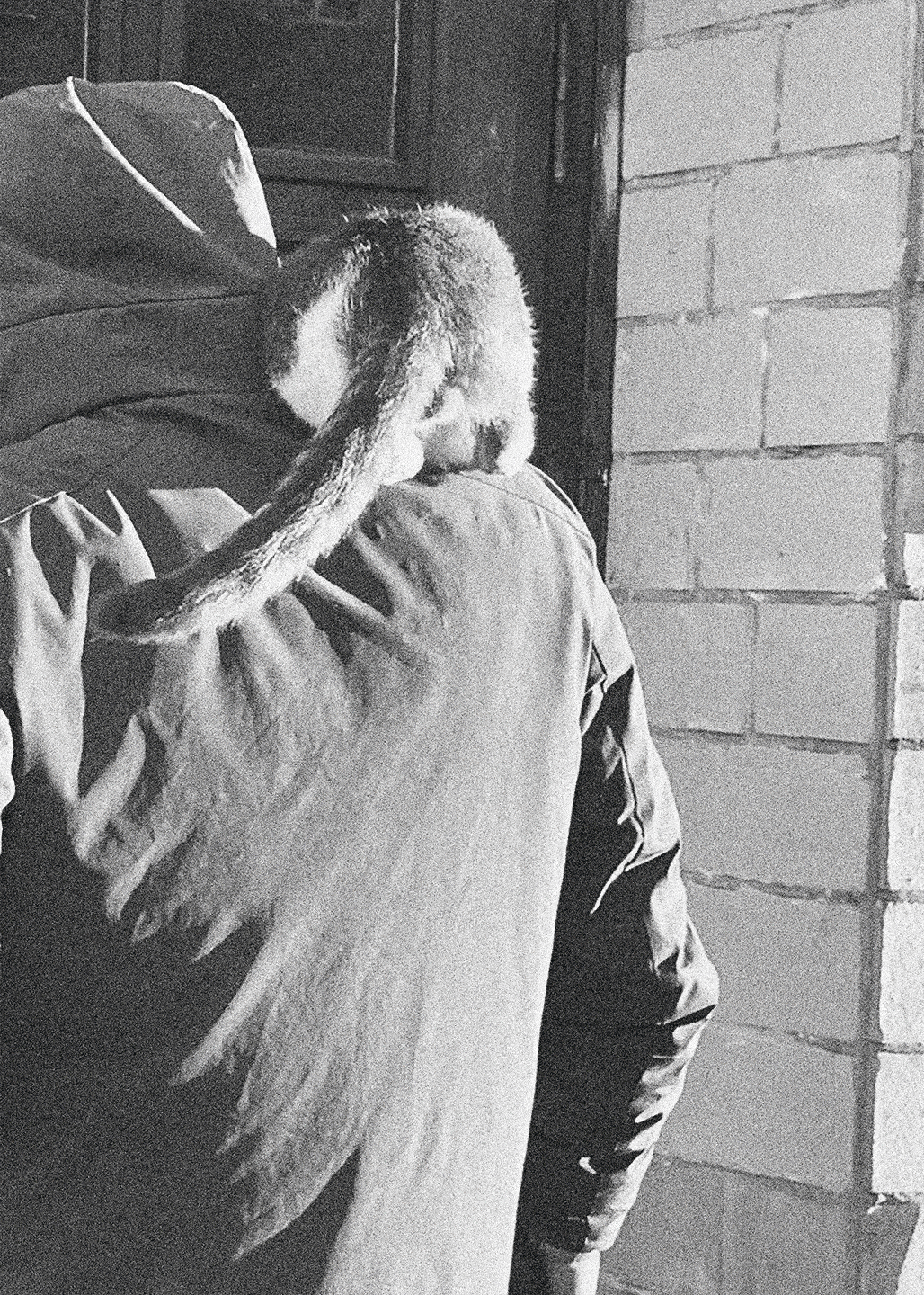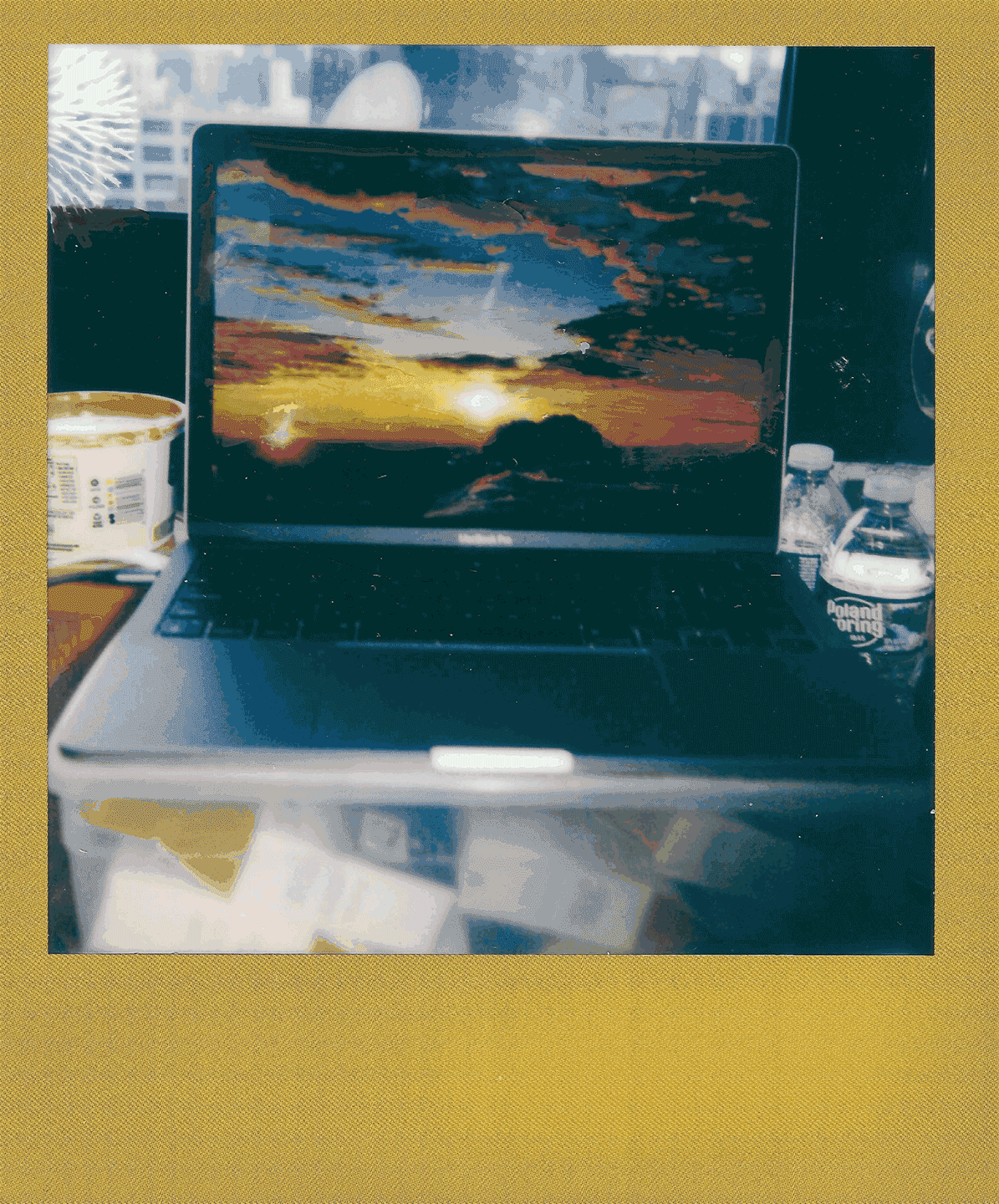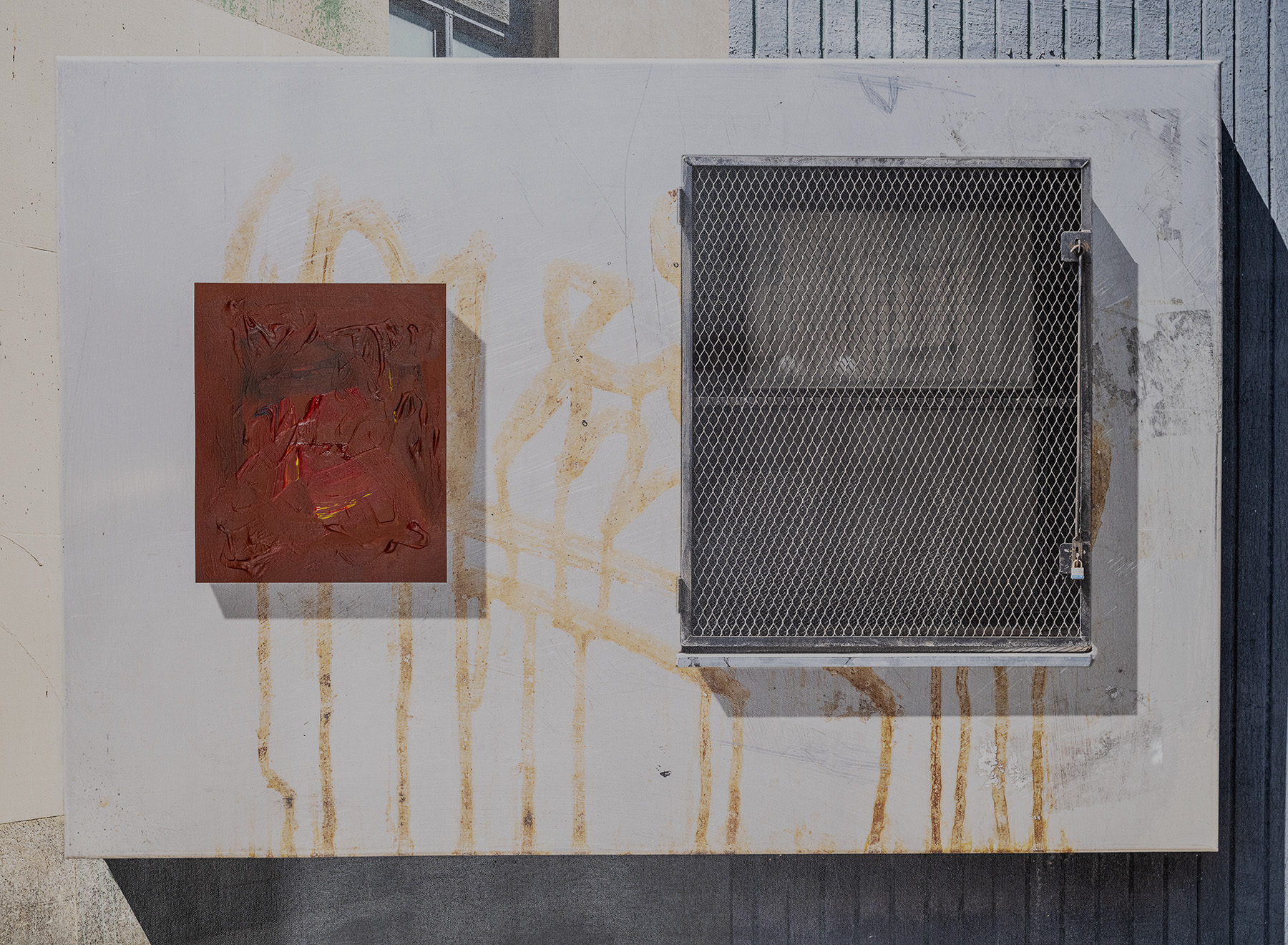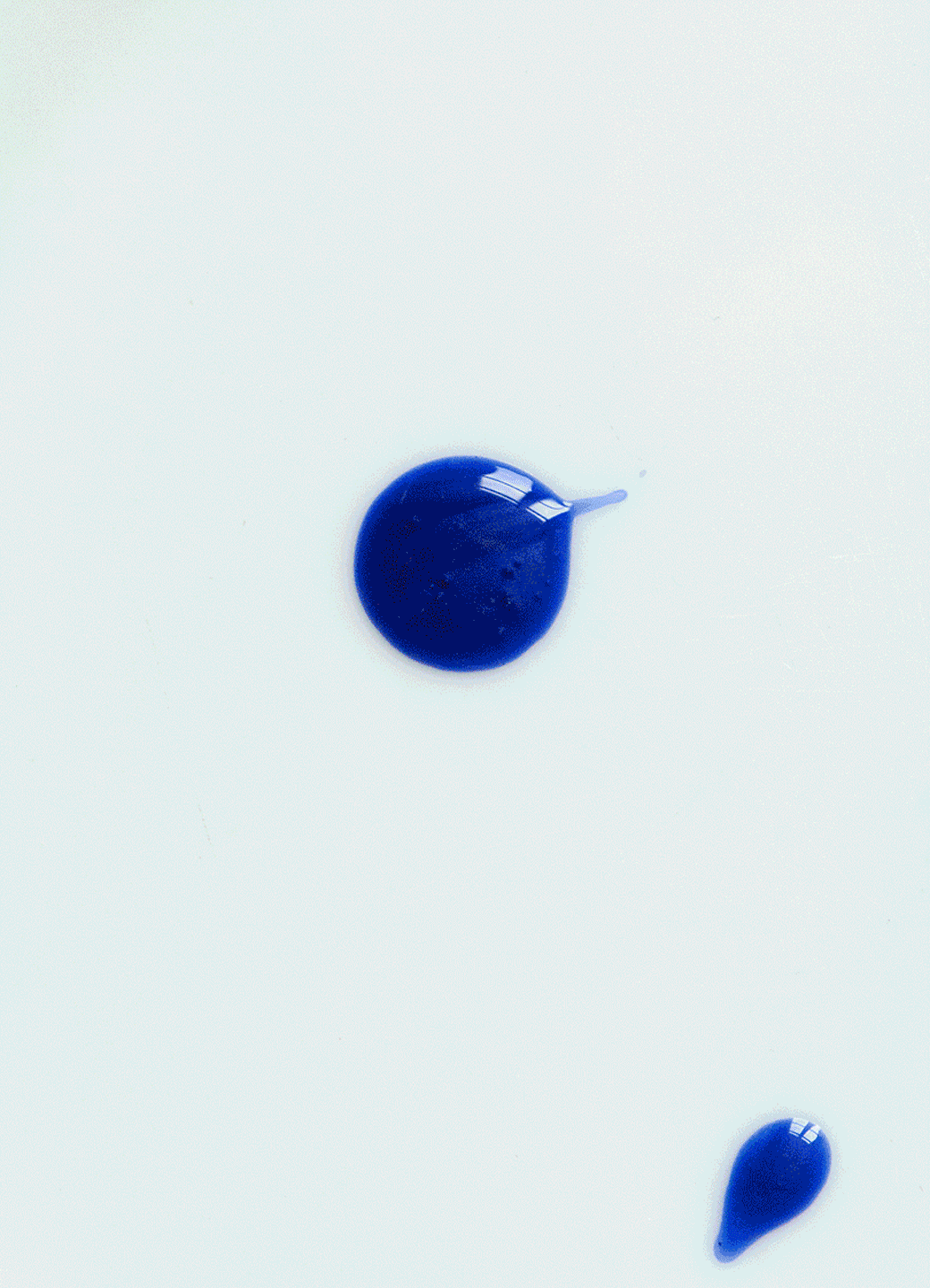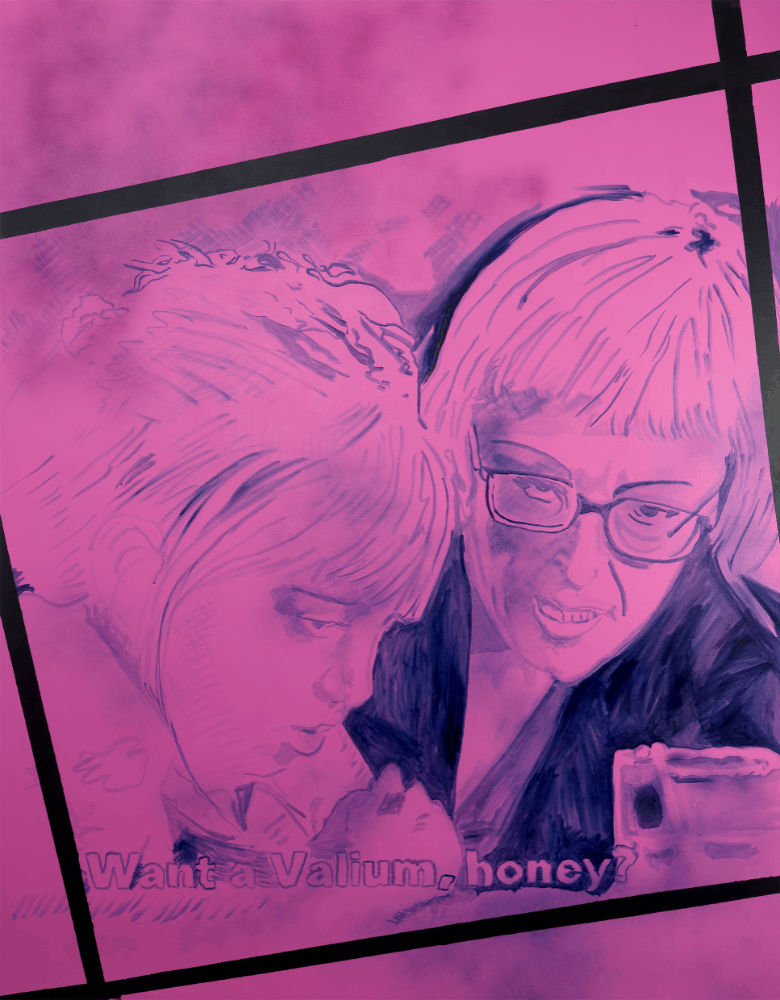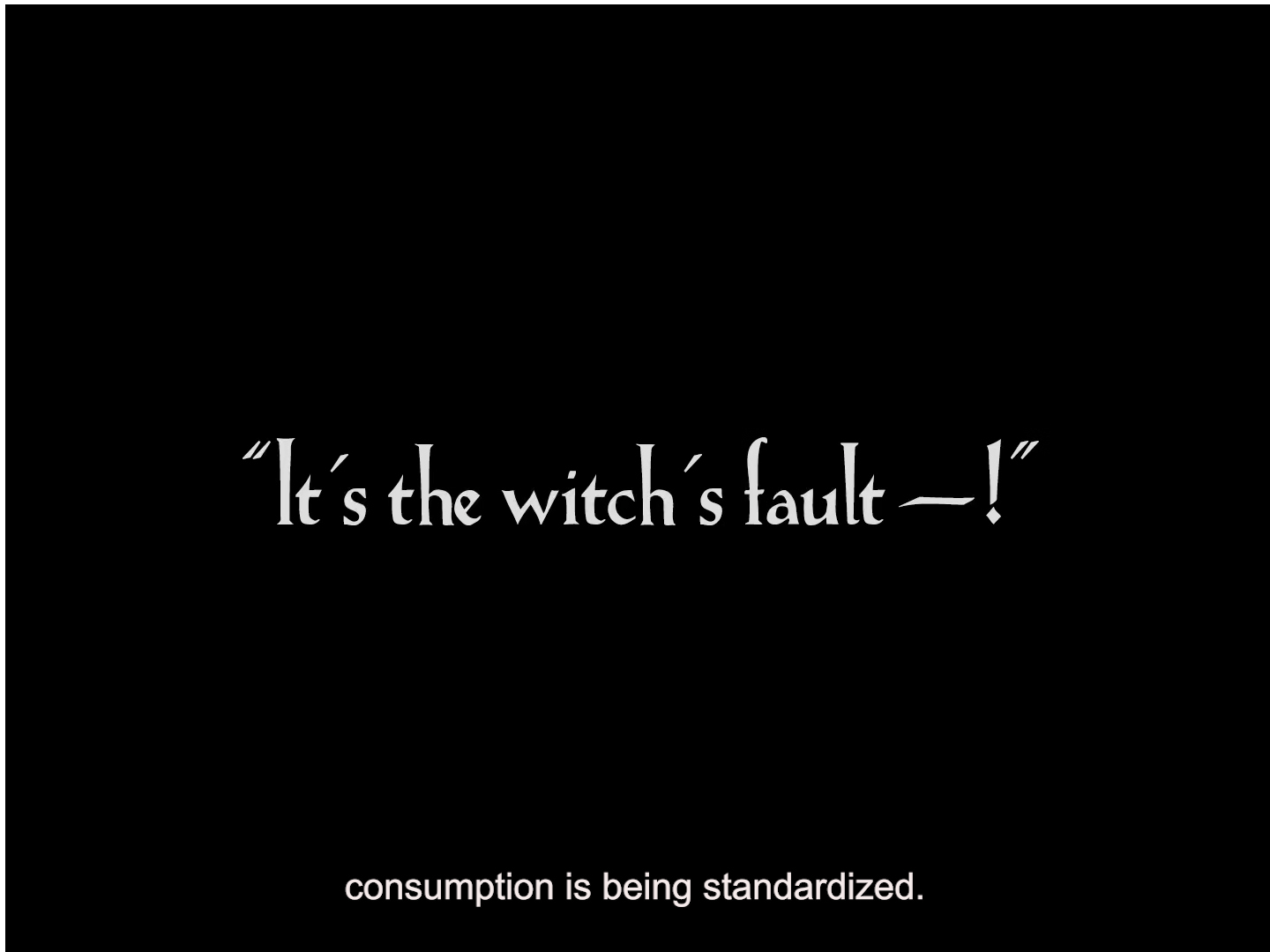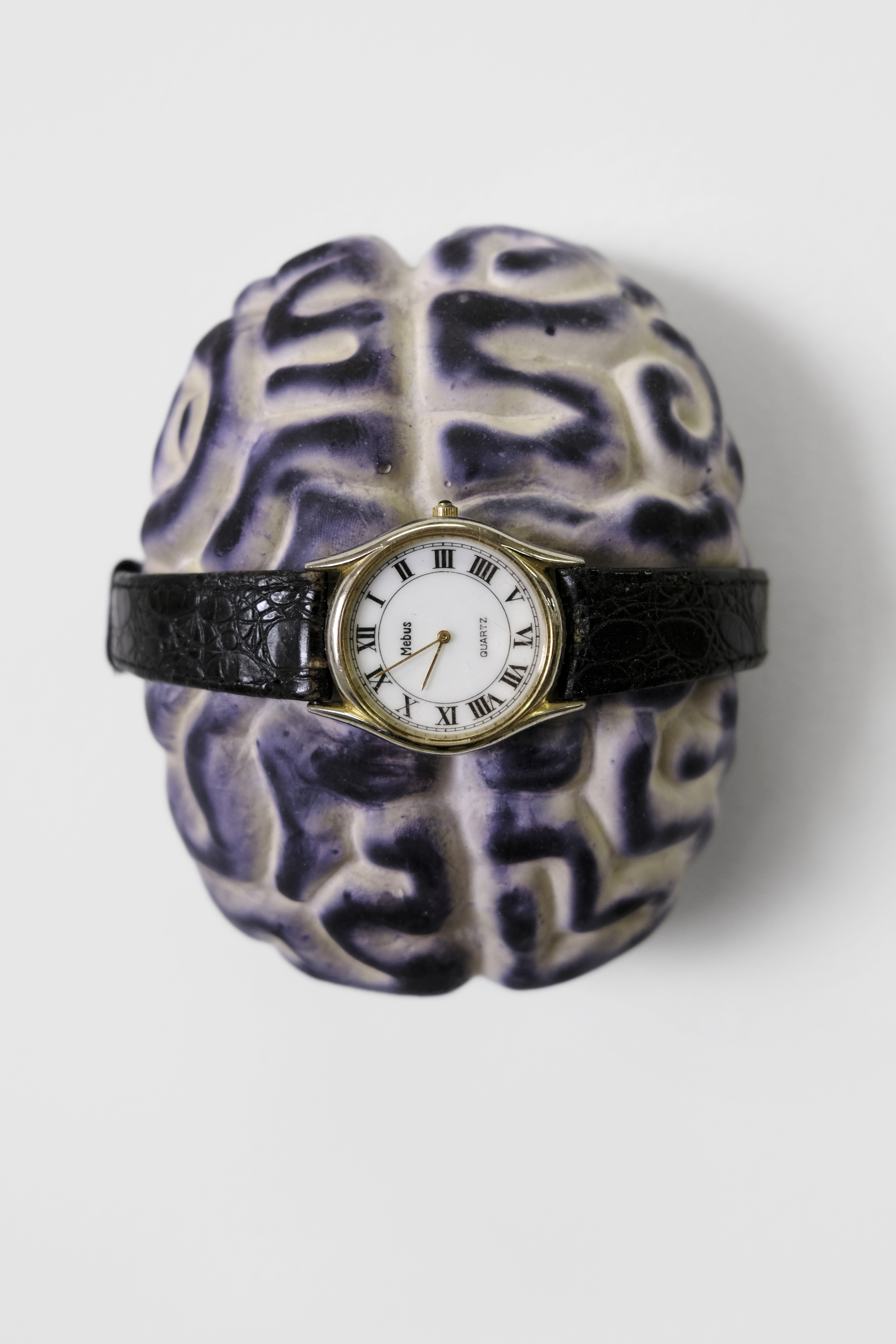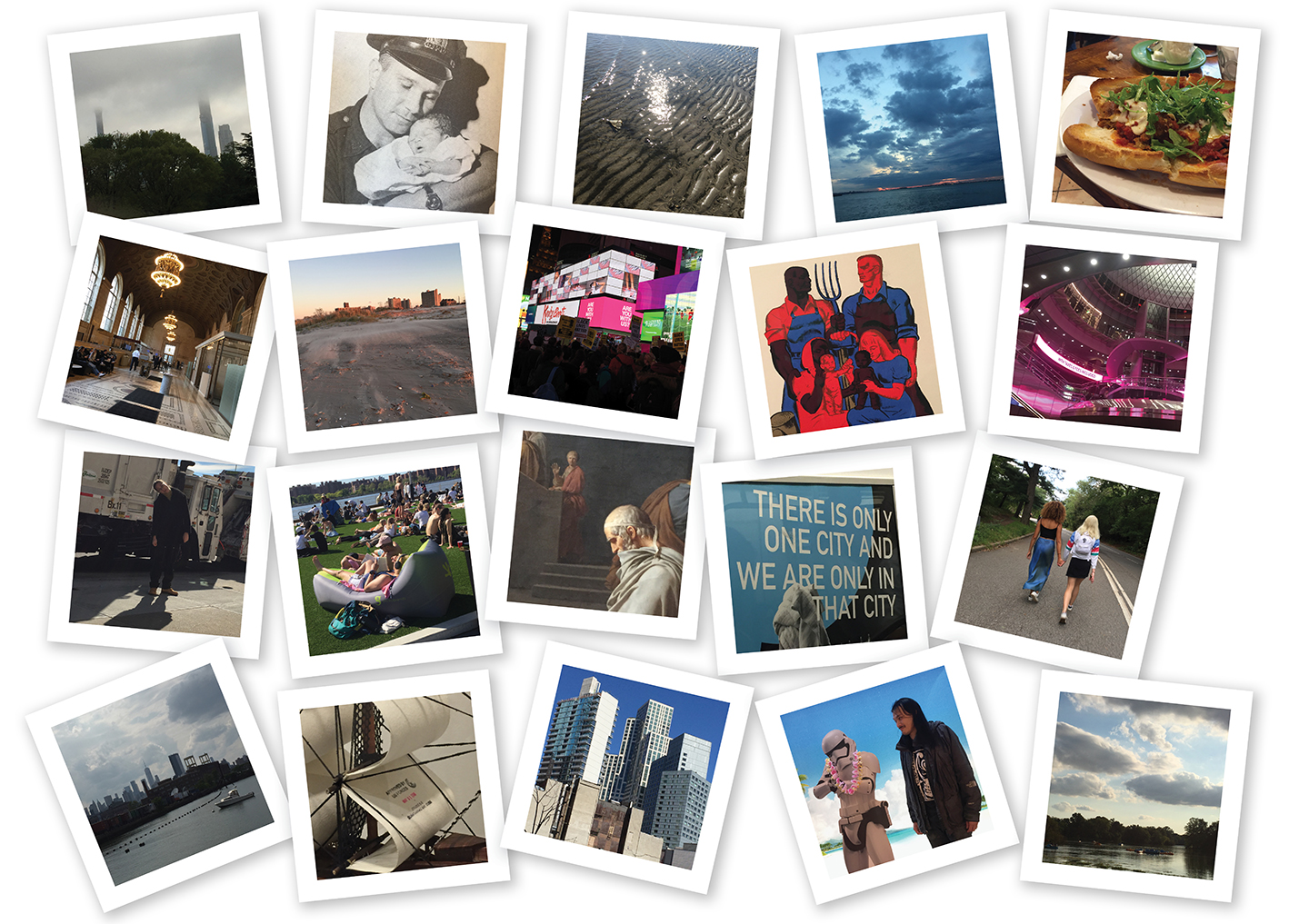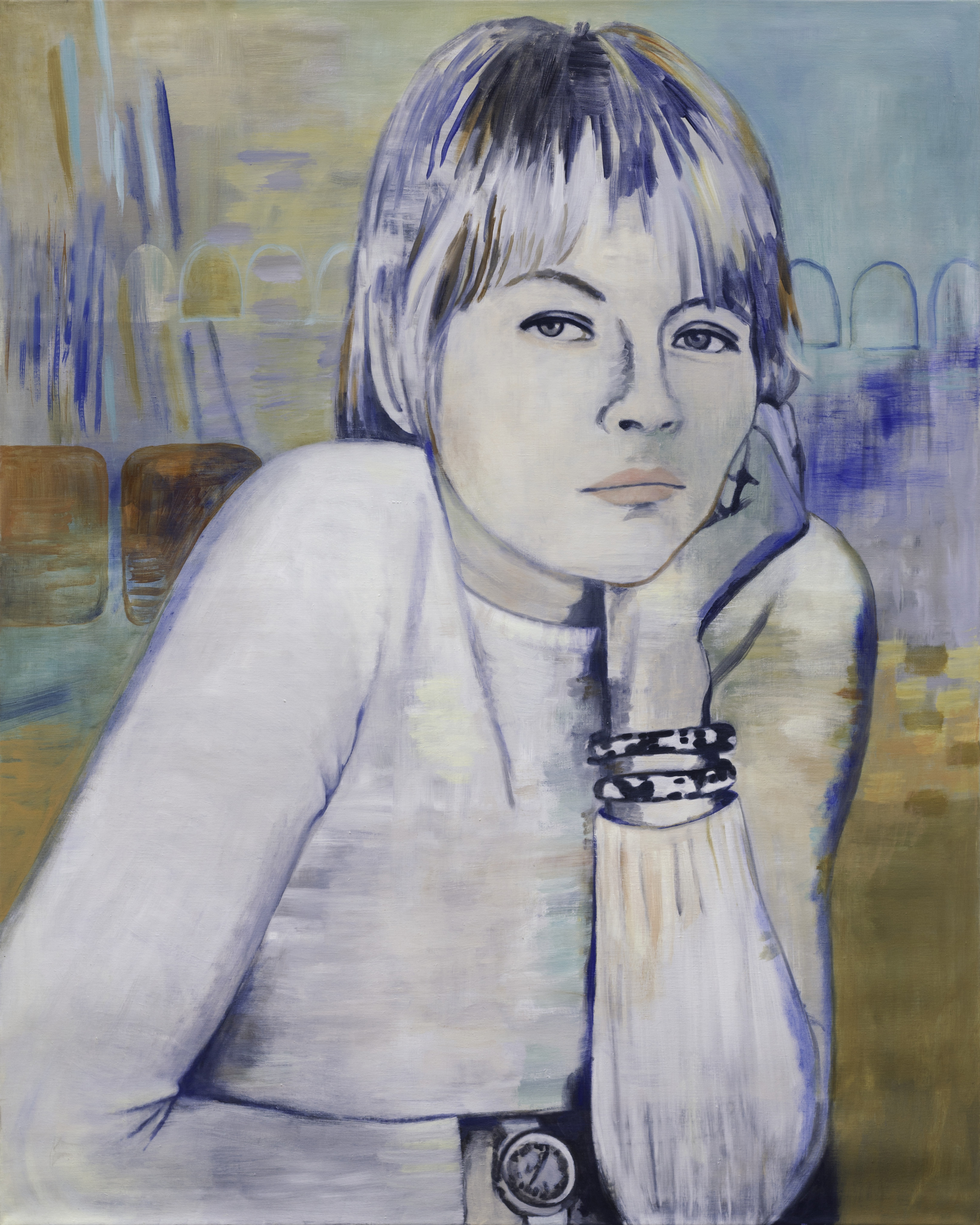Marlie Mul: Das Budget
July 6–November 16, 2025
Im Volksgarten
CH - 8750 Glarus
Switzerland
Hours: Wednesday–Friday 12–6pm
Saturday–Sunday 11am–5pm
T 41 0 55 640 25 35
office@kunsthausglarus.ch
In Keren Cytter’s (b. 1977 in Tel Aviv, lives and works in New York and Münster) work, transitions are fluid between film and text, text and performance, performance and space, space and drawing, drawing and film. The Meltdown film trilogy (2023/24) achieves this by juxtaposing love stories and characters who have already lived through end times. The characters are seemingly trapped in communicational and relationship loops that can only be ruptured by images of internal or external violence, and which then, paradoxically, seem to offer a way out. Object (2016) also depicts an escalation of misogynistic violence in a private apartment: casual banter in Russian between friends (or “friends in crime”) culminates in a staged femicide. In three acts, one female and three male characters demonstrate power structures and the abuse of power in heteronormative, patriarchal societies. Cytter explores where hypervisibility nearly makes violence invisible, tracing the origins and impacts of brutality in a daily life saturated by media.
The exhibition at Kunsthaus Glarus presents Keren Cytter’s 8mm Meltdown film trilogy—consisting of three parts: Hot Lava Night, Queens in Queens, and Meltdown (2023/24)—, the film Object (2016), a selection of drawings (2001–23), a sculptural project created together with artist colleague John Roebas (b.1985 in Tegucigalpa, Honduras) (2019), and a site-specific window installation.
An interview brochure with a conversation between Keren Cytter and Melanie Ohnemus will be published for the exhibition.
Marlie Mul’s (b. 1980, Utrecht, Netherlands, lives and works in Brussels) objects have organic qualities. They are like ephemeral entities, but ones aware of their figurative tendencies and their own artificiality. The artist often employs materials that allude to—in subtle, occasionally disturbing ways—corporeal elements such as bones, hair, skin, or bodily fluids. The emphasis on inconspicuous, everyday objects is not a casual gesture, but arises from an interest in “small variances, in transformations and forms of resistance in socially coded space.” Mul’s sculptures are like quiet commentaries on strategies of social exchange.
For the exhibition Das Budget at Kunsthaus Glarus, she has created a new series of works that center on folding as an act and metaphor—developed from earlier investigations into the structure and logic of folding in her work series Unnamed Charms, in which compact, tightly folded, bijou-like objects made of silicon are combined with hair and small plastic bones. In the current works, flat, custom-colored pieces of silicone are layered and folded, pierced by metal rods, and held together by screws. By altering only a few parameters such as size and opacity, the objects express a connection between graphic and sculptural qualities.
An interview brochure with a conversation between Marlie Mul and Melanie Ohnemus will be published for the exhibition.
Curated by Melanie Ohnemus
